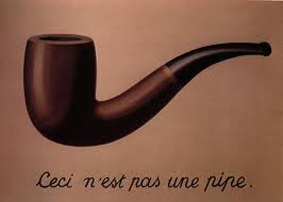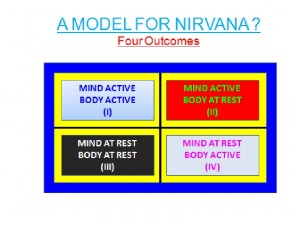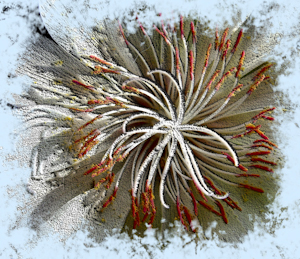Read Part 1
It is extremely difficult to accept that what we see, what we experience, what we take to be real is not quite real. Even Swami Dayananda wrote of his utter shock on realising that the solid universe is made up of nothing but words and meanings. I personally remember the first time I saw his demonstration of close-up magic when he held up a clay tea cup in the meeting hall, one hot afternoon in his Gurukulam in Anaikatti. “What am I holding?” he asked and then answered for us: “You say cup, I say clay. Tell me which bit of this is cup? My fingers touch clay, the weight of what you call cup is the weight of clay. The feel of the cup is the feel of clay. The colour of the cup is the colour of clay. Where is the cup? Is it on the clay? If it is I can remove it. Maybe it is in the clay?” In this way, as we watched, the thing called ‘cup’ vanished in front of our very eyes. ‘Cup’ is nothing but the name given to a particular form of clay for the sake of distinguishing it from other things made of clay and all other things as well.
Now extend this to all objects that can be traced back to a common cause: even science supports this view. Then at each stage we just have names: Shirt is the name of a form of material, material is the name of yarn, yarn of cotton, cotton of fibres, fibres of atoms, atoms of sub-atomic particles, etc till we arrive at a single cause. (Vedānta śāstram goes one step further than science in stepping from the perceptible to the non-perceptible world.) Continue reading







